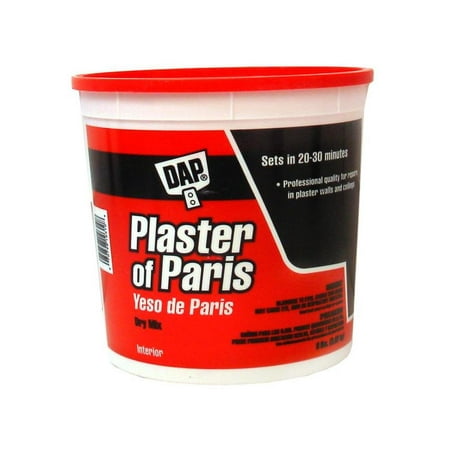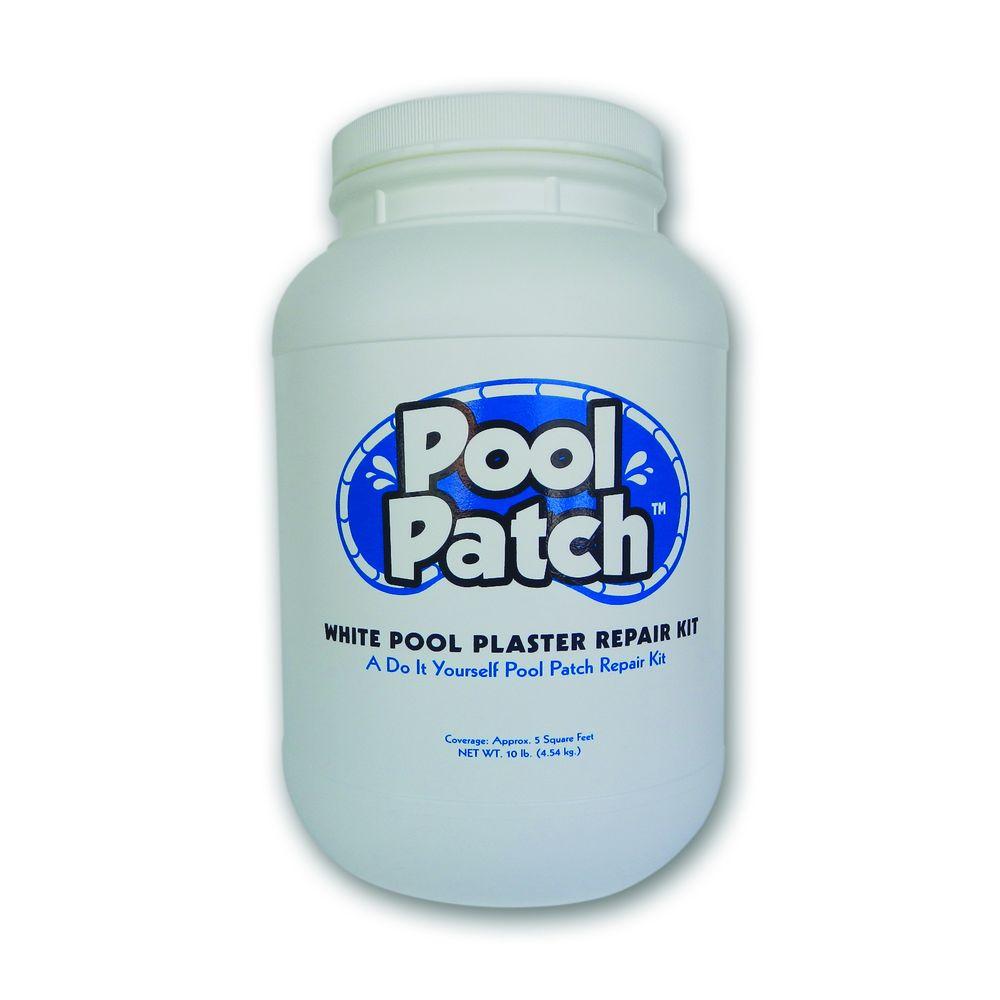Patch A Pool With Plaster Of Paris
Our Pool Plaster Disc Pads and Hand Pads are made with an NON-CORROSIVE bonding material that will not leave residual material that will rust. Pool plaster disc can be used with or without water. Rough pool finishes also known as over exposed aggregate and tool marks.
Removes surface pool stains like iron stains and organic leaf stains. Removes pool scale (plaster surface build up) also known as calcium scale, waterline scale, etching, calcium nodes and surface cracking. Small stains can be removed easily with our Pool Plaster Hand Disc made with the NON-CORROSIVE material. Roughness, scaling, and discoloration are topical problems in pool plaster finishes caused by 3 common practices use to maintain swimming pools with plaster pool finishes. Pool Chemistry: Lack of knowledge or neglect of pool chemistry is shown on pool plaster finish.
The pool plaster surface is the report card of the water chemistry maintainer. Chemistries such as a high pH and/or calcium hardness among others are seen on the pool plaster surface soon within days or weeks.
While other poor practices are more subdued at first before becomes noticeable. Calcium Scale, Waterline Scale. Acid Washing: This seems to be common practice for a quick fix.
However, muriatic acid only eats away the cement surface around the pool aggregate (quartz, pebble, marble chip, etc.) causing a rough finish, weaker plaster, and most of the time worst results than prior. Remember cement is the base of ALL POOL PLASTERS. Salt. Results obtained suggest that adding salt does indeed have a negative effect even on good quality plaster if added at startup and up through the first two or three weeks. When salt is added to water the pH of the water begins to increase significantly (higher than normal).

This indicates a loss of calcium hydroxide from the plaster surface is occurring. This likely causes an increase in the porosity of the plaster finish, which weakens and ages the surface prematurely. Rough over exposed aggregate surface due to excessive use of muriatic acid trying to repair plaster surface problem.Pool Plaster surfaces with a course sand paper feel will cause skin abrasions, irritation, and bathing suit damage.


Another inconvenience is bathing suit damage. This can literally make the swimming pool unusable over time. Leaving the pool finish rough and discolored will lead to you re-plastering your pool. Manufacturers recommend pool plaster thickness to be 5/8 inch or thicker when applied. So you can polish your pool plaster once are twice in the plaster's lifetime. By using our 2 step pool plaster disc process you can have a new polish plaster finish and add years to your existing pool plaster life. This process is easy to perform and most of all cost effective.
Pool Plaster Repair Cost
Whether you have a color quartz finish (Multi-colored plaster) or standard plaster (white in color), having a smooth plaster finish. The 2 step pool plaster disc process eliminates calcium nodules, spot etching, skin abrasions, bathing suit damage, and will give you a consistent color surface that makes entertaining in and around your pool area a pleasure. The two step process is easy. Using our 7” non-corrosive diamond flexible discs attached to our 7-inch velcro pad with your polisher, sander, or center water feed polisher (4500 RPM). Our 7' diameter hook and loop backer pad AG7529 used with our 7' pool plaster disc ensure 100% contact with the pool plaster finish you are resurfacing. (using a smaller diameter backing pad will cause the pool plaster disc to wear uneven and reduce the life of the pool plaster disc) The process will be sanding rough pool plaster with our NON-Corrosive Diamond Disc. (sanding rough pool plaster, remove pool scaling etc.) Use your selected disc to clean the surface.
During this step, you’re going to remove all surface scaling and rough aggregate. (View before polish plaster finish picture shown.) Start by processing about 4 square feet before you stop, feel the surface you just processed with your hand. Your plaster will have a very slight texture. If you can feel areas that are smoother or rougher than others continue till plaster surface has consistency. It’s important for pool plaster surface to have a uniform texture throughout.
By removing the top 1/16' to 1/8” or so of plaster, you will have removed all surface imperfections and stains. This is the base and start of your new polish pool finish. Use WD7120 fine non-corrosive diamond disc for polishing pool plaster surface. During this step, you’re going to remove that slight texture feel of the plaster.
Repair Pool Plaster Patch Only
(View the after polish plaster finish picture shown to see what you will achieve.) Polish about 4 square feet before you stop, feel the surface you just process. It will feel smooth and pleasant to touch.
If you can feel areas that have texture, continue until you get the silky smoothness you desire. You will make the final decision on how smooth the surface will be.